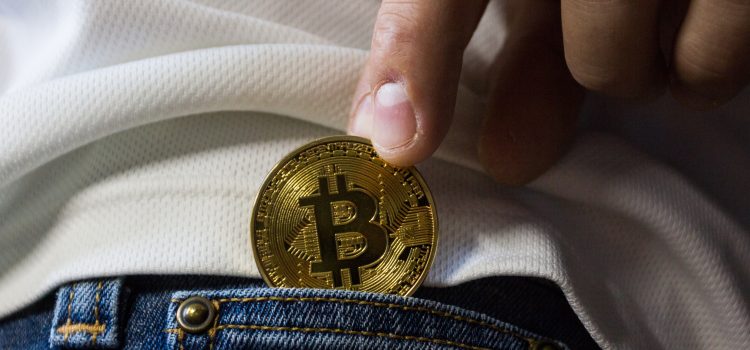
Central banks are powerful financial institutions responsible for setting, controlling and implementing monetary policy. They often use a variety of tools to manage the money supply, interest rates and inflation. One such tool is quantitative easing (QE). This involves buying assets from investors to increase liquidity and lower borrowing costs, with the aim of boosting economic growth and employment. However, there is another tool that central banks have been neglecting: negative interest rate policy (NIRP). In this article, we will explore what NIRP is, how it works and why it could be an invaluable tool in managing economic growth in the current climate.
The global financial crisis and quantitative easing
Quantitative easing (QE) is an unconventional monetary policy in which a central bank purchases government securities or other securities from the market in order to lower interest rates and increase the money supply.
The global financial crisis that began in 2007 led central banks around the world to adopt quantitative easing as a way to stimulate their economies. The U.S. Federal Reserve was the first to implement QE, followed by the Bank of England and the European Central Bank.
During QE, a central bank buys government bonds and other securities from commercial banks and other financial institutions in order to inject money into the economy and encourage lending. The goal of quantitative easing is to lower interest rates and increase the money supply in order to spur economic activity and inflation.
Critics of quantitative easing argue that it is ineffective and can lead to inflationary pressures. However, many economists believe that QE was successful in helping to stabilize the global economy during the financial crisis.
The problem with zero and negative interest rates
The problem with zero and negative interest rates is that they can lead to a scenario known as “the debt trap.” This is when a borrower gets stuck in a situation where they are paying back more in interest than they are able to afford, and the only way to get out is to take on more debt. This can lead to a vicious cycle of debt that can be difficult to break free from.
There are a few ways that this can happen. One is when borrowers take out loans with variable interest rates. If rates go up, they can end up having to pay back much more than they anticipated. Another way this can happen is if borrowers have loans with terms that are too short. This means that they will have to renew their loan at a higher interest rate, which can again lead to them owing more than they can afford.
The best way to avoid the debt trap is to make sure that you understand the terms of your loan before you sign anything. Make sure that you know what the interest rate will be, and for how long it will remain fixed. If possible, try to find a loan with a longer term so that you don’t have to worry about renewing it at a higher rate. And finally, make sure that you budget carefully so that you don’t end up taking on more debt than you can handle.
The potential of central bank digital currencies
Since the 2008 global financial crisis, central banks have been searching for new ways to stimulate economies and protect against future shocks. One tool that has been largely overlooked is the central bank digital currency (CBDC).
A CBDC is a digital version of a country’s fiat currency that is issued and regulated by the central bank. It can be used by businesses and individuals to make electronic payments, in a similar way to existing digital payment systems such as PayPal or WeChat.
However, CBDCs have the potential to offer many benefits over existing payment systems. For example, they could help to reduce costs, increase efficiency and improve financial inclusion.
CBDCs could also provide a more stable store of value than traditional fiat currencies, which are often subject to sharp swings in value. This would make them particularly useful in countries with volatile currencies.
In addition, CBDCs could help to guard against financial crises by giving central banks greater control over the money supply. They could also be used to directly stimulate economies by providing a direct link between monetary policy and economic activity.
The potential benefits of CBDCs are significant, and it is time for central banks to start seriously exploring this neglected tool.
Conclusion
Central banks have a powerful tool at their disposal – but it’s often overlooked. In times of economic downturns, central bank operations and lending can help to support financial systems and businesses while allowing governments the breathing space they need to enact fiscal reforms. By understanding how these tools work, policymakers can better use them as part of their toolbox when facing economic hardship or instability. It is only through understanding the hidden value of central banks’ neglected tool that we will be able to make full use of its potential in creating a stable economy for everyone.

















